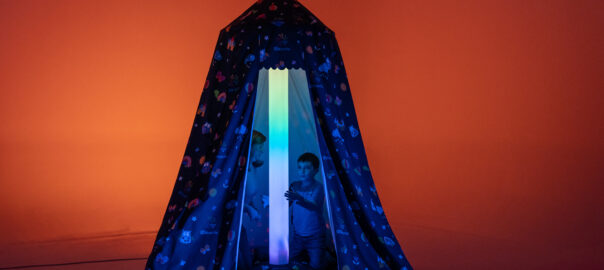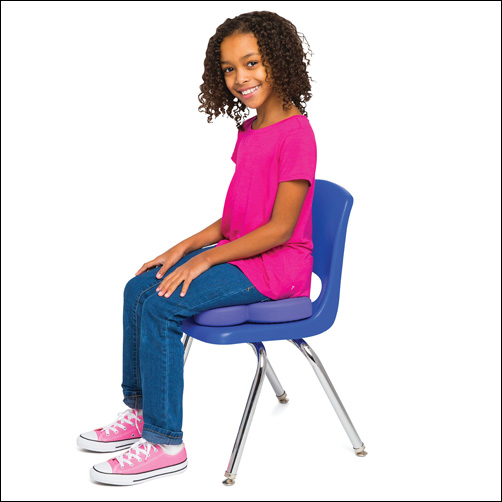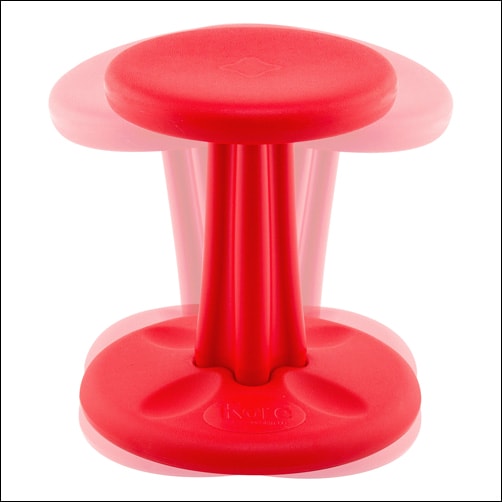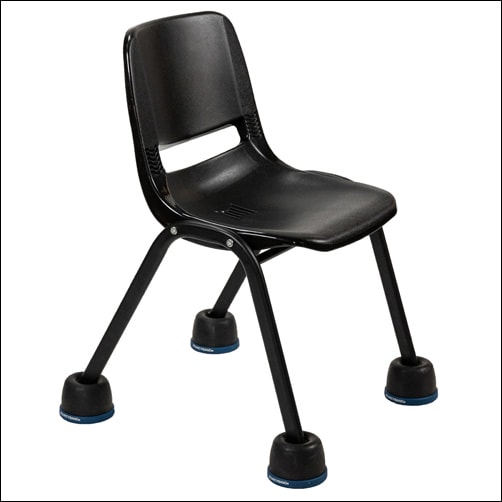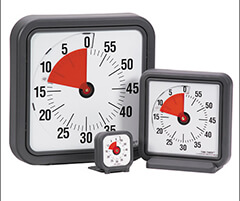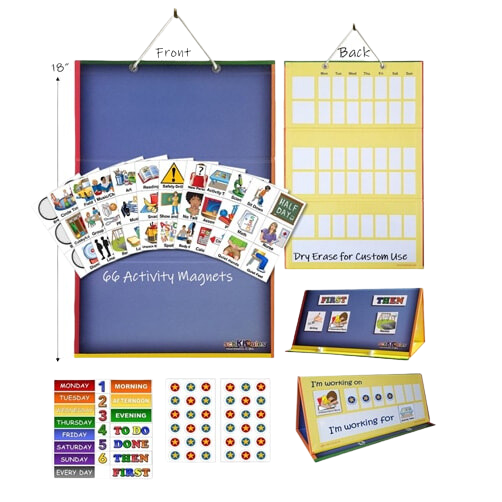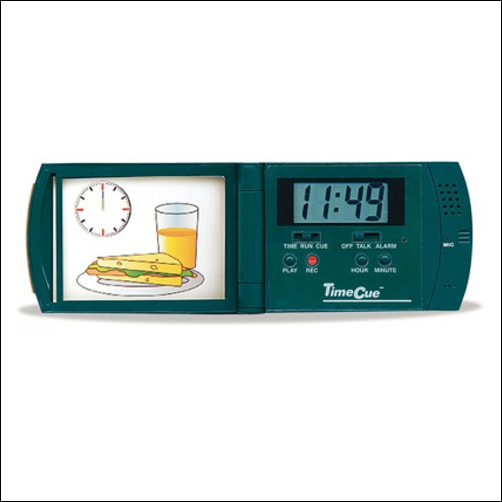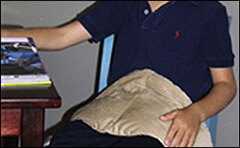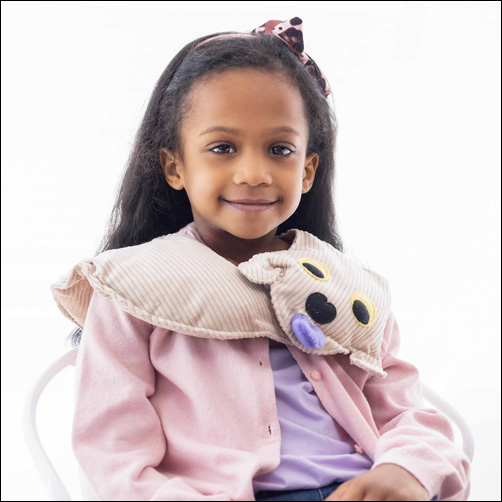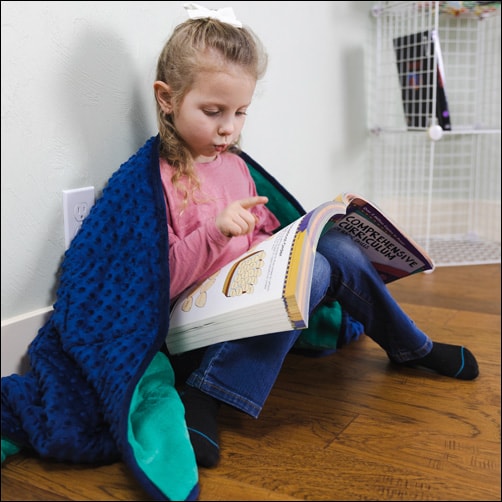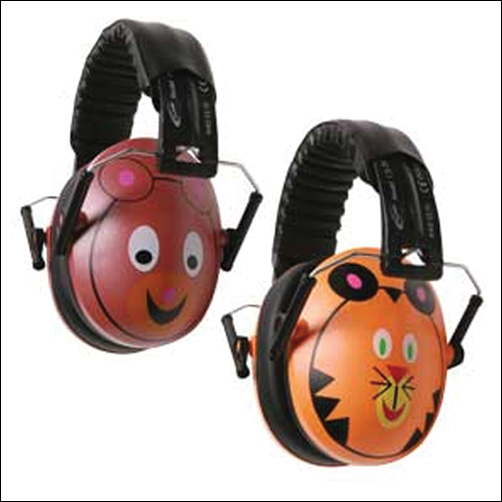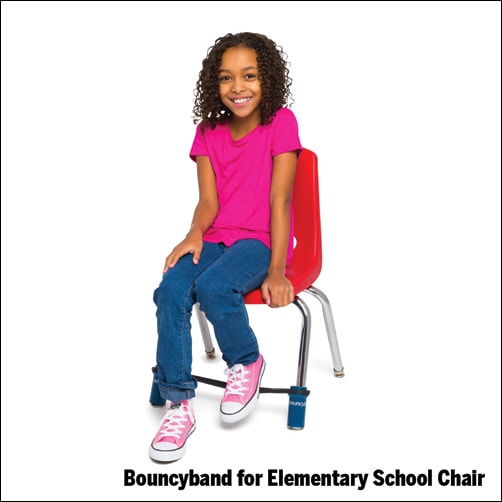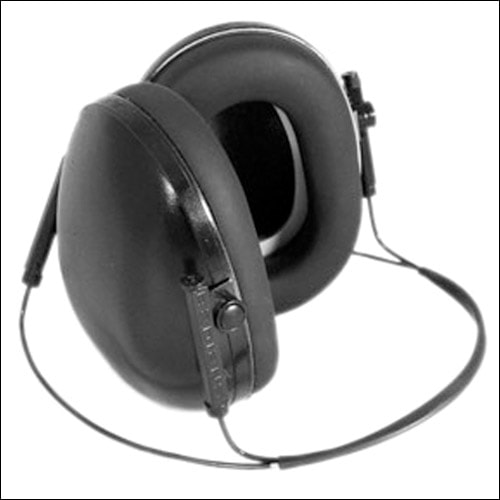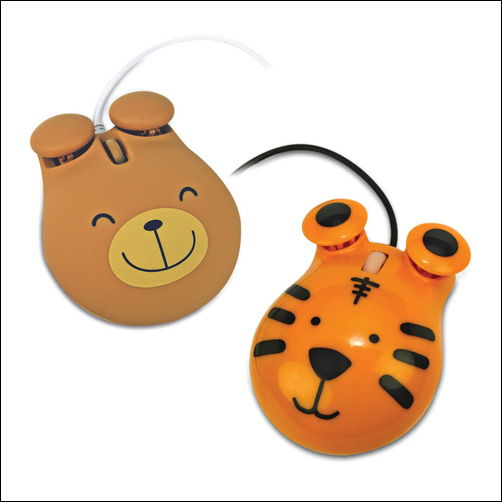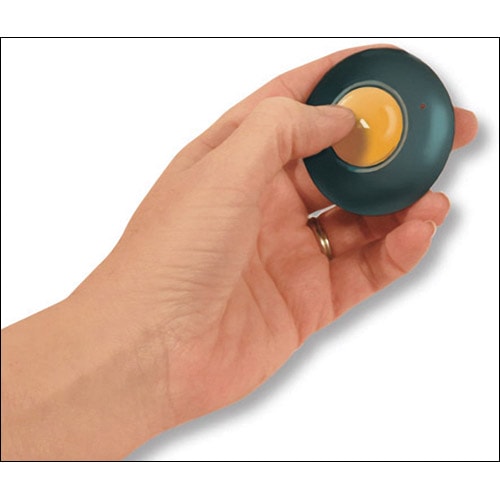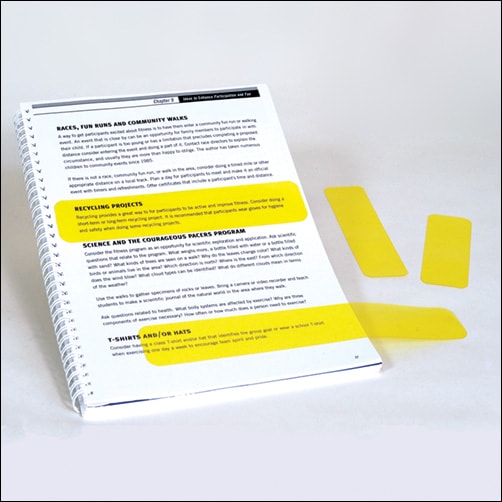Occupational therapists know that every child’s sensory system is unique, requiring individualized approaches to address their specific needs. Often, creating an effective sensory space demands substantial room and specialized equipment. Enter the SENcastle – a compact, portable sensory room that offers a sensory solution designed to transform how therapists address sensory processing challenges.
A Game-Changer for Meeting Sensory Needs
Developed in collaboration with special education teachers and sensory integration therapists, the SENcastle offers a comprehensive and adaptive sensory experience. This multimodal sensory device connects children’s sensory needs with assistive technology, providing controlled sensory input through five sensory systems: visual, auditory, tactile, vestibular, and proprioceptive.
Why Occupational Therapists Will Love the SENcastle
1. Versatile and Adaptable: The SENcastle fits seamlessly into most environments, whether it’s a classroom, therapy clinic, or community setting. Its compact design ensures it can be integrated into individual or group settings, as well as shared spaces for universal access.
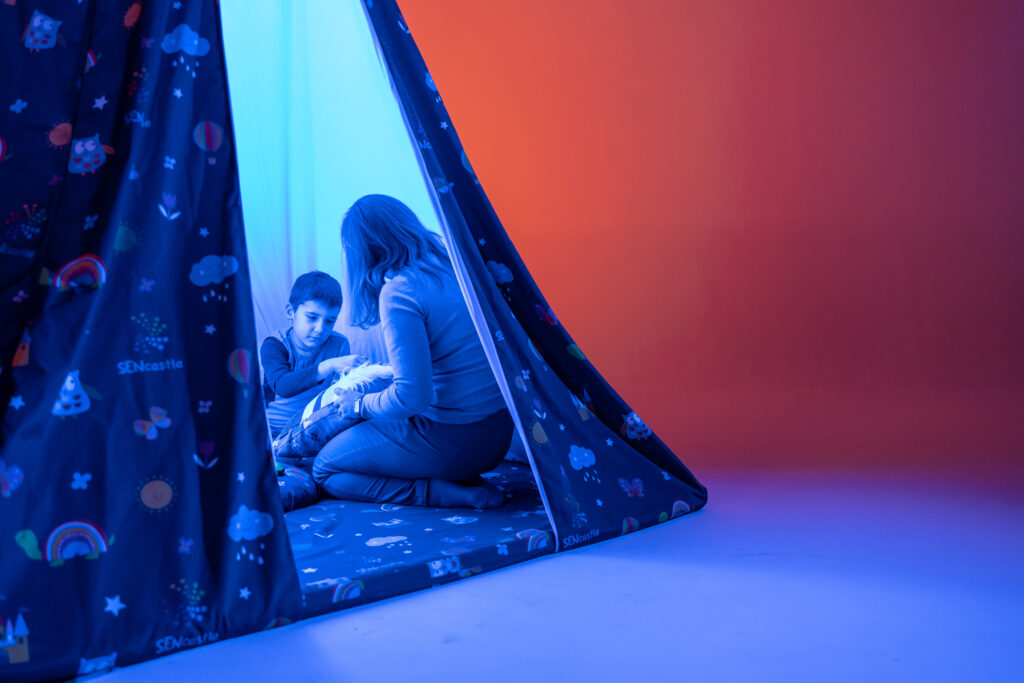
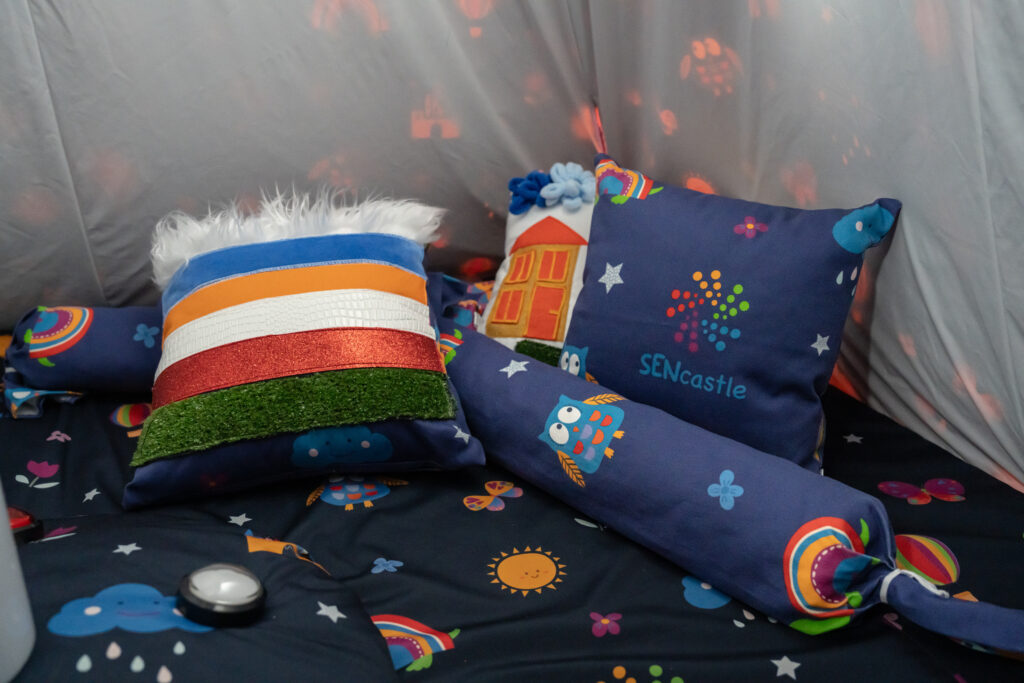
2. Comprehensive Sensory Input: With its thoughtfully designed components, the SENcastle offers a wide range of sensory experiences. The central light column, equipped with advanced LED technology, projects dynamic visual effects, while integrated sound effects enhance the auditory experience. Six specially designed sensory cushions provide varied tactile and proprioceptive input, creating a holistic sensory environment.
3. Easy to Use: The SENcastle is user-friendly and straightforward to operate. With five control buttons and RFID-enabled sensory cards, therapists can easily manage sensory scenes, adjust sound and light intensity, and customize the experience to meet each child’s needs.
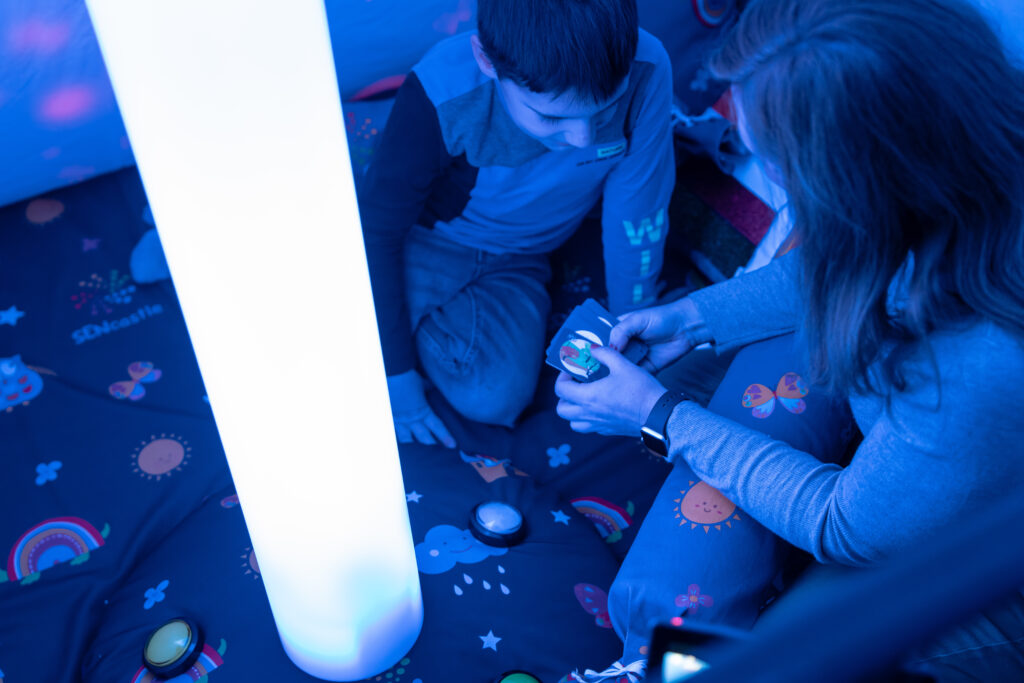
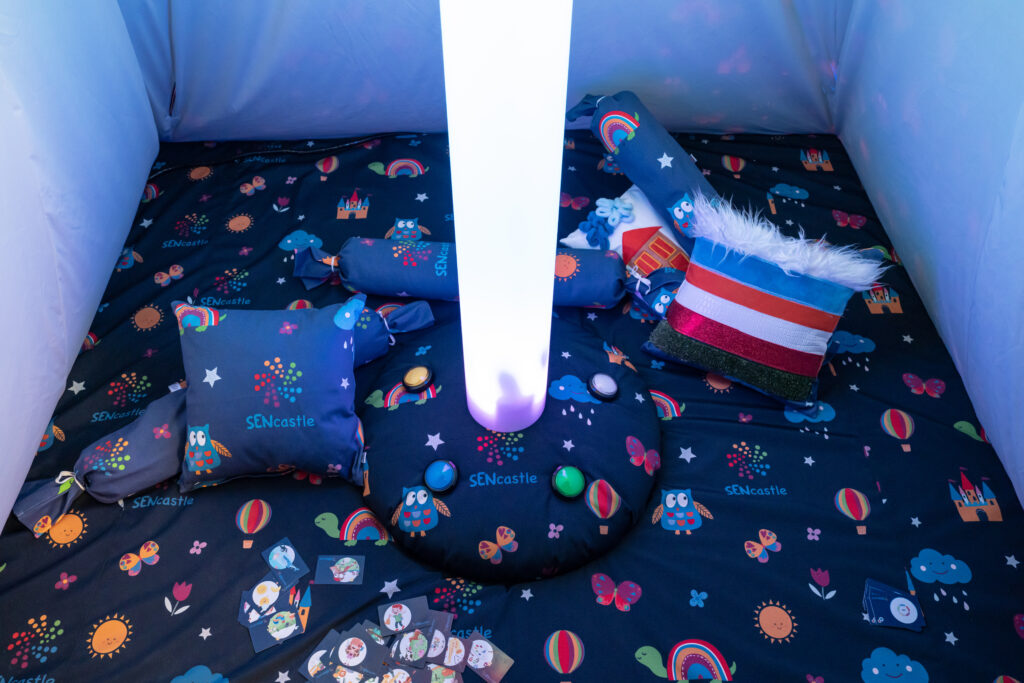
4. Portable and Space-Efficient: One of the most significant challenges in creating sensory spaces is the requirement for large, dedicated areas and extensive equipment. The SENcastle addresses this by offering a portable solution that can be set up quickly and efficiently, taking up minimal space while providing maximum benefits.
5. Promotes Independence and Generalization: By integrating sensory experiences into everyday situations, the SENcastle helps children generalize and apply behaviors learned in specialized settings to their daily activities. This promotes greater independence and enhances their ability to navigate various environments successfully.
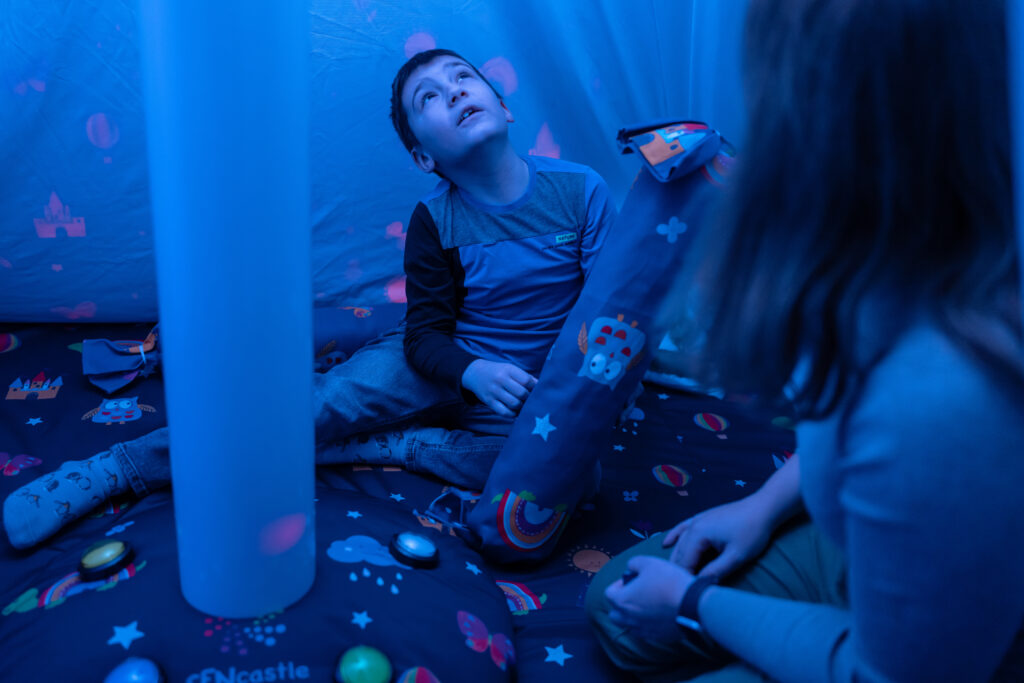
Features and Technical Specifications
- Ergonomic design with spacious interior
- Adjustable sound and light intensity
- A central light column with visual effects
- Integrated sound effects
- Six sensory cushions for varied input
- Durable construction with easy maintenance
- RFID-enabled sensory cards with multiple scenes
- Bluetooth Headphones are included to allow use even when in a shared space
- Recording capable for personalised messages and sounds
- 2-year manufacturer’s warranty
Transforming Therapy Sessions
Imagine a sensory solution that not only addresses individual sensory needs but also transforms the environment to optimize therapy sessions. The SENcastle does precisely that, offering a space for “sensory discharge” to calm overstimulated children or a “sensory charging” station to energize those needing additional input.
Bringing Sensory Integration to New Heights
For occupational therapists, the SENcastle is more than just a sensory room; it’s a revolutionary tool that redefines how sensory integration therapy is delivered. Its versatility, portability, and comprehensive features make it an invaluable addition to any therapeutic setting, empowering therapists to create tailored sensory experiences that foster growth, independence, and success.
Ready to explore the SENcastle’s potential? Visit Therapro’s website to learn more and discover how this innovative sensory room can transform your therapy sessions.

